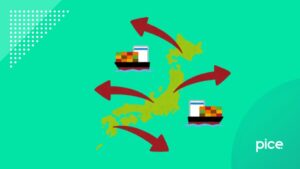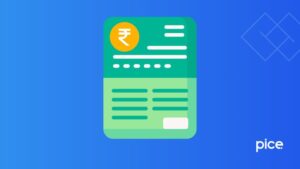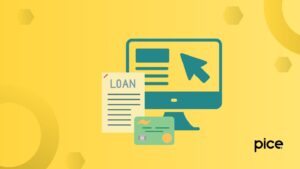GST Rate on Copper and Brass Related Products
- 19 Aug 24
- 11 mins
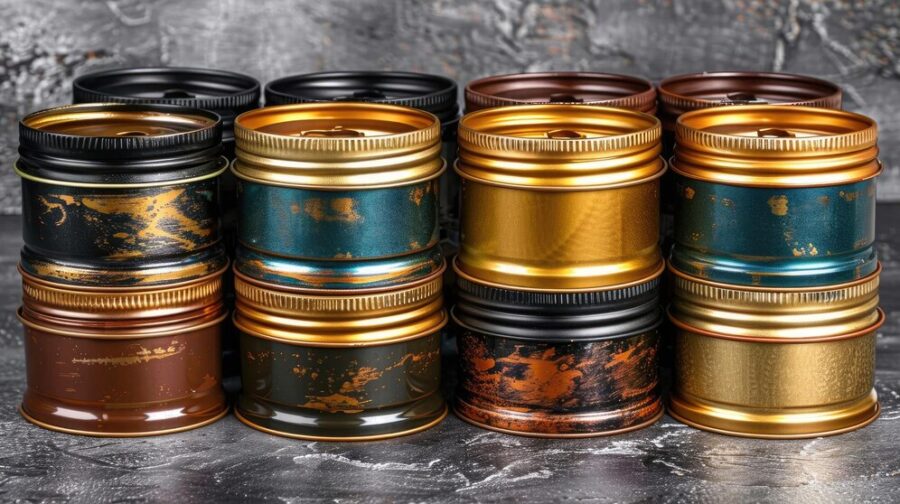
GST Rate on Copper and Brass Related Products
Key Takeaway
- GST standardizes the tax rate for copper and brass products at 18%, simplifying compliance and financial planning for businesses.
- Both copper and brass, whether in raw form or as finished products like tubes and fittings, are uniformly taxed, promoting fair market conditions.
- The consistent GST rate allows for streamlined budgeting and cost management across industries that utilize copper and brass.
- Businesses can maximize benefits by leveraging input tax credits on purchases related to copper and brass production.
- Accurate record-keeping and regular updates on GST regulations are crucial for businesses to maintain compliance and optimize tax liabilities.
The introduction of the Goods and Services Tax (GST) in India marked a pivotal change in the tax framework, significantly impacting how businesses operate across sectors. This new unified tax system was designed to consolidate multiple cascading taxes into a single tax, promoting a more transparent, streamlined, and efficient economic environment. For industries involved in the production and trade of metals like copper and brass, understanding how GST affects their operations is crucial.
Understanding GST Rates
GST categorizes goods and services into various tax slabs—0%, 5%, 12%, 18%, and 28%—to ensure that essential items are taxed less and luxury products more. Metals such as copper and brass, which are integral to numerous industrial applications, are typically placed in the mid to higher tax slabs due to their utility in various high-value products. Understanding the specific GST rates for these metals not only helps businesses in compliance but also aids in financial planning and pricing strategies. The rationale behind the categorization and the rate assigned is driven by the product's necessity, usage, and the government's revenue generation strategy. This section will delve into the specific GST rates applicable to copper and brass, explaining the tax implications and the logic behind these rates.
GST Rate for Brass
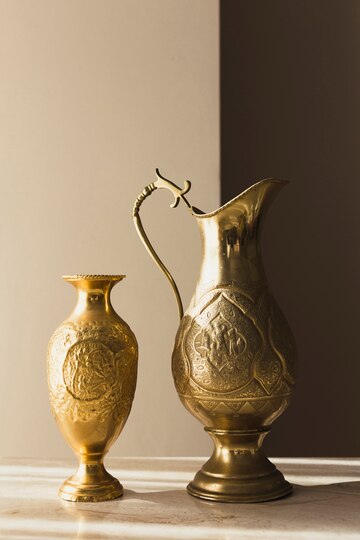
Brass, an alloy primarily composed of copper and zinc, is widely utilized in various applications from musical instruments to plumbing fixtures due to its corrosion resistance and excellent machinability. Under the GST regime, brass products are uniformly subjected to an 18% tax rate. This rate aligns brass with other non-essential goods, reflecting its diverse use in both consumer and industrial markets. By applying a consistent rate, GST simplifies the tax system for businesses involved in the manufacture and sale of brass items, ensuring that the taxation reflects its value-added nature while also encouraging transparency and simplifying compliance across the sector.
GST Rate for Copper
Articles of Copper products are vital to industries such as construction, electronics, and manufacturing due to their excellent conductivity and malleability. Under the GST regime, copper and its products generally attract an 18% tax rate. This includes copper wire, rods, plates, and other products derived from copper. The 18% rate is applied to ensure a balance between revenue generation for the government and the economic viability for industries that depend heavily on copper. This rate also aligns with the broader classification of metals and industrial raw materials within the GST structure, facilitating a standardized approach across similar commodities.
GST on Specialized Copper and Brass Products
The GST framework categorizes various specialized products made from copper and brass under the same 18% rate, but it's insightful to delve into how this affects specific items such as household articles, heads of copper, and various alloys. Products like copper anodes used in electrolytic refining, or copper powders utilized in chemical processes, also attract this standard rate. This uniform taxation plays a crucial role in maintaining streamlined operations across industries that utilize these materials.
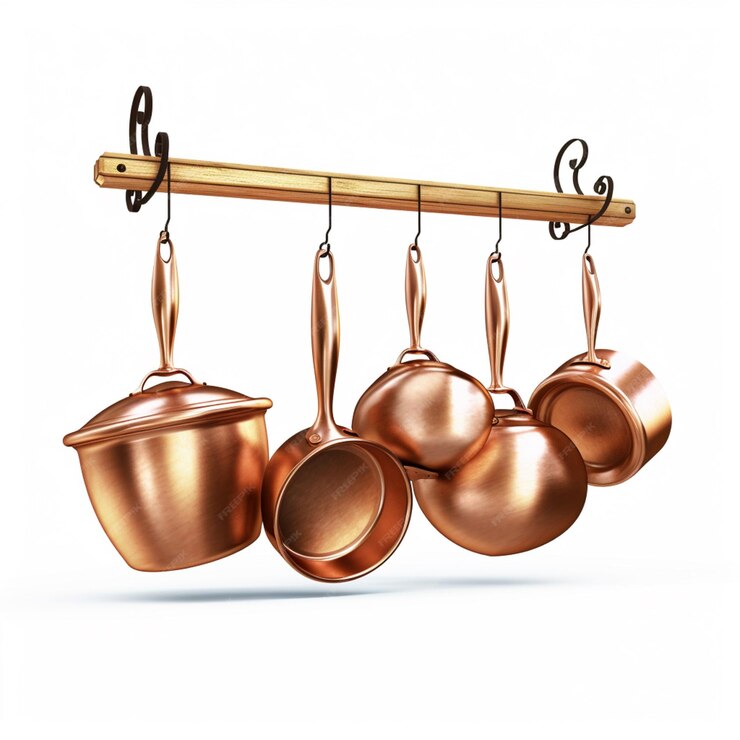
In addition to these, the GST on wire of copper and items made from copper-zinc and copper-nickel base alloys (commonly used in durable goods, marine engineering, and decorative arts) is also set at 18%. This consistency ensures that manufacturers can predict their tax obligations without the need to navigate a complex array of differing rates depending on the copper content or the type of alloy used. The uniform GST rate helps stabilize the market for these essential materials and supports businesses in planning their production costs and pricing strategies effectively, fostering a healthier economic environment for industries relying heavily on these metals.
💡If you want to pay your GST with Credit Card, then download Pice Business Payment App. Pice is the one stop app for all paying all your business expenses.
Tax Details for Copper and Brass Components
The GST regime encompasses a wide range of copper and brass components, ensuring that items like copper foil, copper tubes, and household articles made from these metals are uniformly taxed at 18%. This rate applies across various forms of copper and brass, including copper bars, copper waste, and copper mattes, which are essential in various industrial applications. The taxation of raw and unrefined copper, as well as refined products like copper plates and heads of copper, follows the same standardized approach, simplifying the tax system for businesses involved in metal processing and sales.
Special attention is given to the diverse alloys of copper, including copper-zinc base alloys and copper-nickel base alloys, which are crucial for specific industrial uses due to their enhanced properties. Copper anodes, often used in electroplating and refining processes, also fall under this tax bracket. The consistent application of GST to these varied products helps in maintaining a level playing field within the metals industry, ensuring that all related components, regardless of their specific use or form, are treated equally under the tax law. This approach not only simplifies compliance but also aids in the strategic planning of production and supply chain management by providing clarity and predictability in cost calculations.
| Rate | Description of Products | HSN Codes |
|---|---|---|
| 18% | Copper matte; cement copper | 7401 |
| 18% | Unrefined copper; anodes for refining | 7402 |
| 18% | Refined copper and unwrought alloys | 7403 |
| 18% | Copper scraps and copper waste | 7404 |
| 18% | Copper master alloys | 7405 |
| 18% | Copper in powder and flake form | 7406 |
| 18% | Copper bars, rods, and profiles | 7407 |
| 18% | Copper wiring | 7408 |
| 18% | Thick copper plates, sheets, and strips | 7409 |
| 18% | Copper foils | 7410 |
| 18% | Copper pipes and Copper tubes | 7411 |
| 18% | Copper fittings like couplings, elbows | 7412 |
| 18% | Stranded copper wires and cables | 7413 |
Comparative Analysis
In examining the GST rates for both copper and brass, we find that both materials fall into the same tax bracket, subject to an 18% GST rate across a range of product forms—from raw materials to finished goods. This uniform tax treatment simplifies the tax calculation and filing process for businesses dealing in these metals, providing a straightforward approach to their financial operations. Here’s a deeper look at how these rates compare and contrast between copper and brass, and the broader implications for industries that rely on these materials:
Similarities in GST Treatment: Both copper and brass, crucial for various industrial and consumer applications, are taxed at the same rate. This consistency helps manufacturers, traders, and end-users in planning and managing costs without needing to account for variable tax rates across different but related materials.
Rationale Behind the Uniformity: The uniform GST rate for copper and brass can be attributed to their similar uses in electrical, construction, and plumbing industries. Taxing them identically avoids complications in production chains where these materials are often interchangeable or used in conjunction.
Impact on Business Operations: For businesses, this uniformity means reduced complexity in accounting and improved compliance with tax regulations. Companies can streamline their procurement and sales strategies without having to differentiate between the GST impacts on these two metals.
Strategic Advantages: The equal treatment under GST allows companies to make more strategic decisions about material use based on cost-effectiveness and availability rather than tax advantages. This can lead to more efficient manufacturing processes and potentially lower prices for consumers.
Overall Economic Impact: A uniform tax rate contributes to a stable market condition for both articles of copper and brass. It supports fair competition among businesses and helps maintain a level playing field in the market, promoting healthy economic growth within these sectors.
Implications of GST Rates

The implementation of a standardized 18% GST rate for copper and brass products carries several implications for businesses operating within these sectors. This uniform rate impacts everything from production costs to pricing strategies and can influence the competitive landscape in the following ways:
- Increased Transparency: The consistent rate across similar products enhances transparency, making it easier for businesses to understand their tax obligations and for consumers to understand pricing structures.
- Cost Implications: While the 18% rate may increase the cost of raw materials, it also simplifies the calculation of taxes, which can help businesses in budgeting and financial planning.
- Improved Compliance: With a uniform GST rate, compliance is simplified as businesses no longer need to navigate different rates for similar products, reducing the likelihood of errors in tax filings.
- Enhanced Input Tax Credit Utilization: Businesses can better manage their input tax credits, as they can more easily track GST paid on inputs and claim appropriate credits, improving cash flow management.
Strategies for Managing GST
Effectively managing GST involves several strategic actions that businesses can adopt to ensure compliance and optimize their tax burden. Here are some strategies for managing GST in the context of copper and brass related products:
- Accurate Record-Keeping: Maintain detailed records of all transactions, including purchases, sales, and GST paid on services. This documentation is crucial for accurate GST filing and claiming input tax credits.
- Regular GST Training and Updates: Stay informed about any updates or changes in GST regulations. Providing regular training to accounting and finance teams can help in adapting to changes in GST laws and maintaining compliance.
- Utilize Technology: Implementing robust accounting and inventory management software can help in managing GST calculations accurately, submitting timely returns, and keeping track of input tax credits.
- Consult with Tax Professionals: Engage with GST experts or tax consultants who can provide insights and advice tailored to the specifics of the copper and brass industries. This can help in navigating complex tax scenarios and planning effective tax strategies.
- Optimize Input Tax Credit: Ensure that all eligible credits are claimed by matching input tax credits with outward tax liabilities. Regular reconciliation of input credit claims with actual GST paid on inputs is essential for maximizing tax savings.
 By
By 





